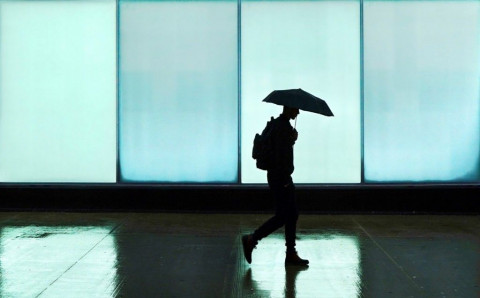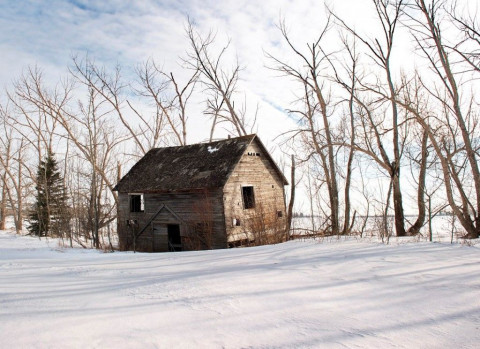Barry Hodgert / Professional Photographer in Toronto, Ontario
 Born in London Ontario, Canada
Born in London Ontario, Canada1982-1985 Studied Photography under George Lazi and Arnim Walter, both assistants to Karsh and Adams respectively.
When I was about eight years old, I was introduced to a Polaroid camera. I took one photo with the Polaroid and it did not turn out well, but there was still something fascinating about it and I was hooked. I could not believe photos just appearing before my eyes. A camera that could make life images exceedingly faster than developing them in the darkroom was remarkable. This was the beginning of my life long enthusiasm for and practice of photography.
Ten years later I am eighteen. I have saved enough money from my first job at Eaton’s to buy a camera. My brother - in- law persuaded me to buy a Nikon EM. I had moved on from the Polaroid. I heard him telling my family that I had an eye for photography. As a result of his encouragement, I took some night courses at the local community college and then enrolled full time.
When I finished college my photographic style had one goal: to be visually impactful. Since then, my relationship to my work, and the statements I want my work to convey, have matured.
I suspected at that time that all the great things I had been taught at college would translate only into being an excellent studio technician holding a camera, instead of being an artist of images, which I so desired. I realized I would not be able to practice photography in a purely creative way, so I pursued my photography independently and supported myself with a career in another field.
One thing that really stuck with me from college was the term Chiaroscuro: strong contrasts between light and shadow. The technical training I received enabled me to produce quality images while still maintaining detail in the highlights and the shadows.
So, from then on, everything became an issue of lighting as opposed to great subject matter. The lighting became the subject. The composition became the complement to the lighting, a powerful combination. This is evident in the images I take, such as breaking waves in light and shadow, masses of clouds hovering over a landscape, patterns in snow, and water, the inclining lines of a building in a field, and so on. I like to think of myself as a Chiaroscurist now, and I tailor my style to it.
There are always exceptions. When I’m traveling and don’t have time to wait for interesting lighting, you use what you have and go. Some days it doesn’t matter where I look, I can’t stop seeing cool shit, and I shoot it.
Most of my photographs do not have people in them. I come from a large family and knew everyone in every grade in high school. I need to show space in my work and restrict the human element in my photos. I think what I like most about my style is the space for the viewer to put themselves in the photograph, or at least contemplate it, without the imposition of a figure trying to add an element to an untold story. There is something particularly Canadian about a landscape, devoid of a human figure, as we observe and reflect upon its vastness and detail, and our relationship to it.
And, that being said, I break every one of my rules, regularly. I like people and taking their photographs. I admire photographic work that captures life at its best and worst.
Being present in the moment to capture the light and shadow is an important part of my artistic process. Before the good images flow, I need to warm up, just like an exercise program, slow in the beginning before the real power photos are captured. When my photo excursions are going well, I feel the energy. When I’m working outside I think about how lucky I am to have good health and to go to the places I do, and have the opportunity to interpret and record them.
Specialties
Black & White Photography Canvas Prints Digital Photography Farming Fine Arts & Artistic Style Landscape Photography Nature Prairies Western CanadaPhotographerSelect.com is © Copyright Sudden Ventures, Inc. ( 0.693 secs on 09/16/25)
Privacy Policy | Accessibility Statement
Activate High Contrast Mode














